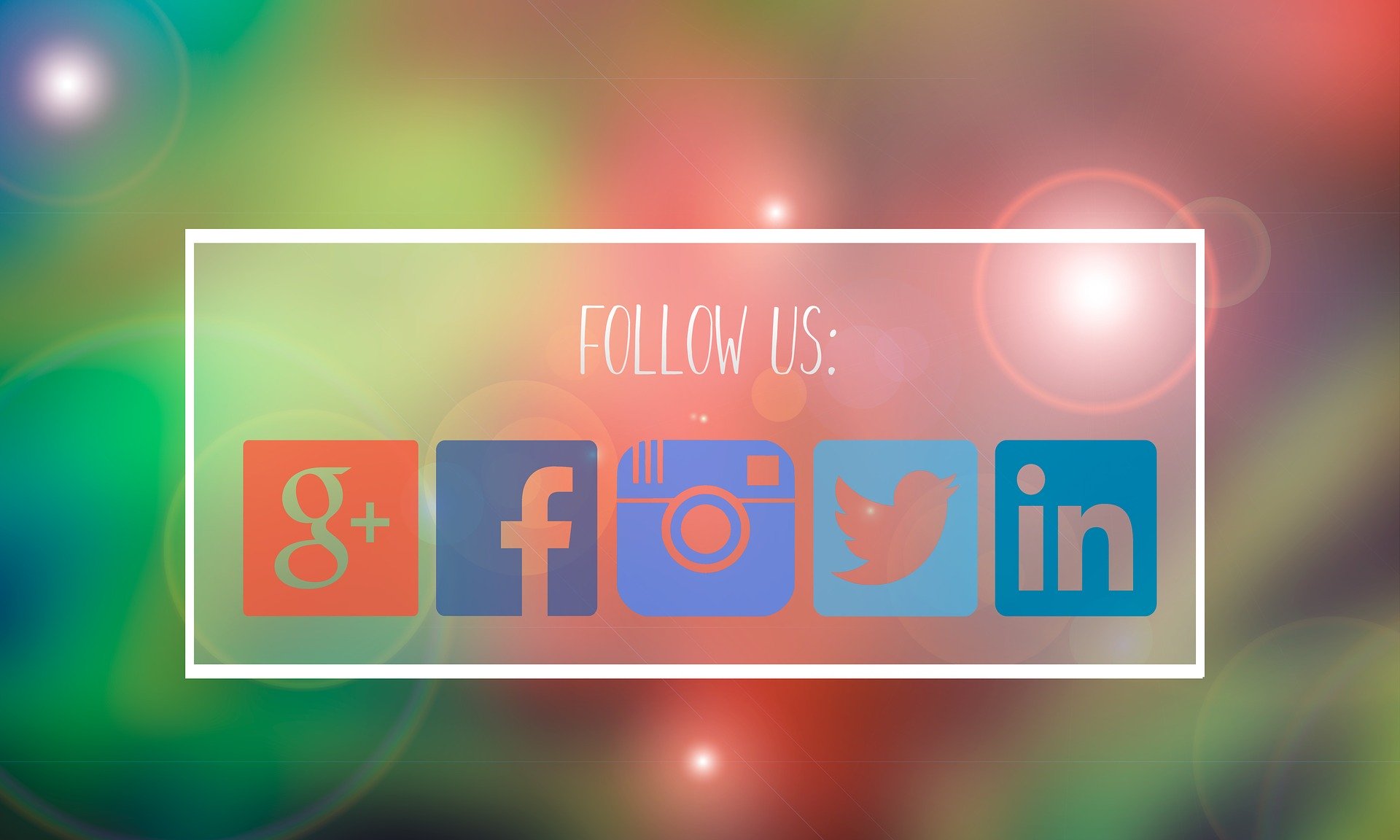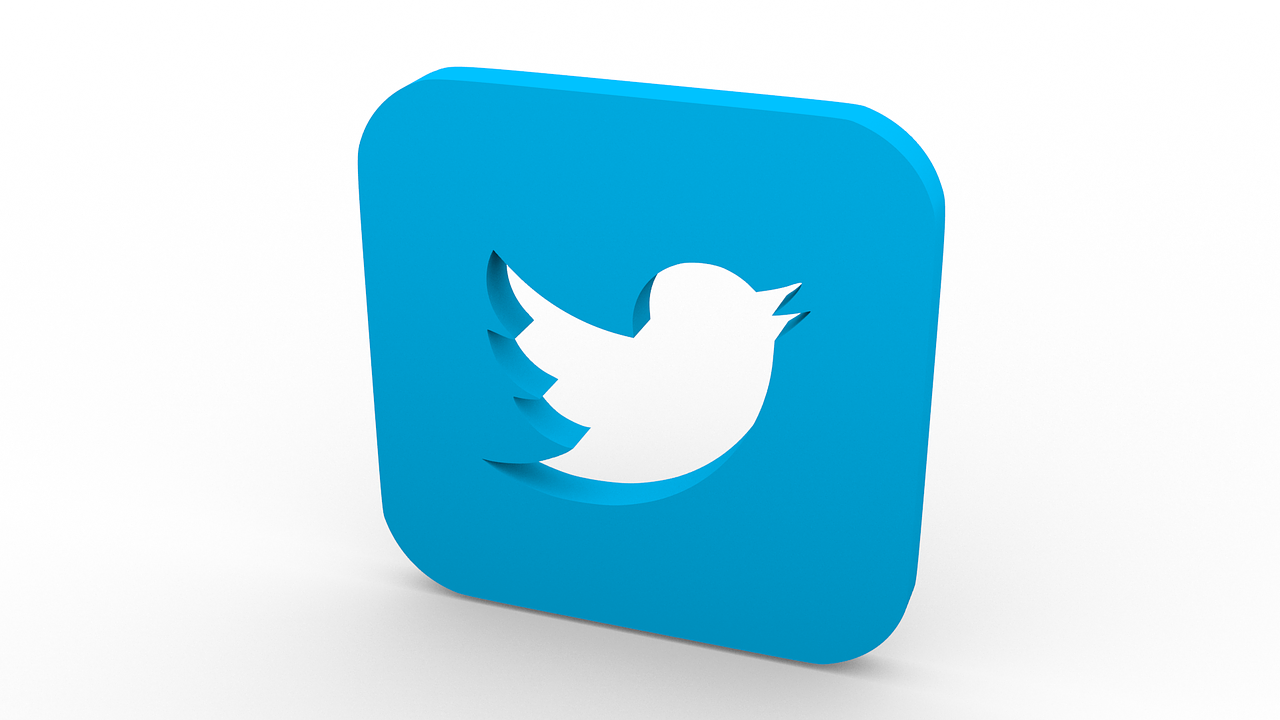Creating content that is shared broadly is a great way to build good PR, whether it’s for yourself, your company or brand, or for others. And while there’s no way to predict precisely which posts, pictures, videos or articles will be most popular, there are some basic guidelines to improve the chances of your content’s being shared. Here are five guidelines to consider.
Be useful and helpful. The first rule about shareable content is that people share things that make them look good. Social media is a world where people create carefully constructed versions of themselves. So naturally, shareable content is anything that will make people look smart, witty, creative, or expresses a belief that’s an extension of who they are. If your post contributes to those goals, that’s a good start.
Create an eye-catching headline. Sometimes ideas for content start with a catchy title, sometimes the title is more of an afterthought. But it should be top-of-mind when creating content that’s share-worthy. After all, in most cases only the title and first line of the post is visible anyway, so if those don’t catch readers, nothing will. Grabby headlines tend to include mentions of lists (i.e. The Top 5 Ways to Share Content), something witty (try a pun, but only if it works), or surprising.
Be inspiring. Life can be tough, and everyone needs a boost once in a while to keep them on the journey toward a goal or dream, whether in business or personal life. Share content that helps others see the bigger picture, remember what they’re working for, and be a better version of themselves.
Let your personality shine. Readers want to feel a connection with the content they’re reading, so writing with a strong individual voice — even in business, to a degree — helps create that emotional bond. We’re producing a content program for one client that includes frequent blog posts. SEO is the goal for them, so that’s top-of-mind for us as we’re writing, but at the outset we were (wisely) told by our client, “I won’t publish anything that doesn’t sound like a real human being wrote it.”
Be classy. Ever hear the advice, don’t put anything in a work email you wouldn’t want broadcast publicly? The same goes for whatever you publish via social media. It can be tempting to put less thought into a 140-character tweet before hitting the publish button, plus you know you can always delete it later, but it doesn’t take long for real damage to be done.
Optimize your share buttons. In general, it’s good to offer multiple share buttons, because readers are drawn in by choices. They should be uniform in size, and most importantly, displayed prominently where readers can’t miss them. For lengthier articles, place them both at the top and the bottom of the post to prevent readers having to scroll.








